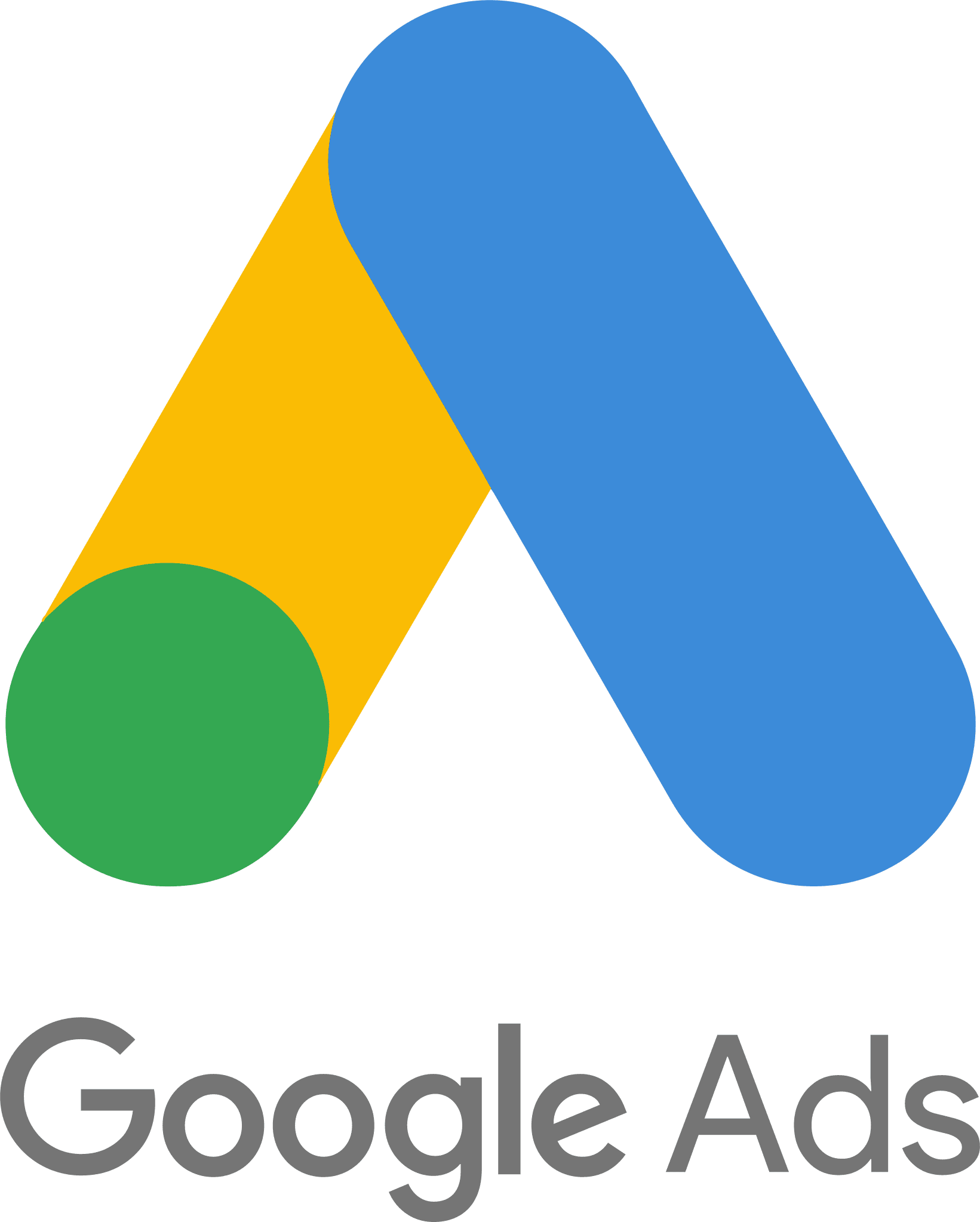

Google ADs
- Drive targeted traffic to your website with our Google Ads expertise.
- Maximize your ROI with our data-driven approach to Google Ads.
- Stay ahead of the competition with our advanced Google Ads strategies.

Amazon PPC
Where the world shops and you profit.
- Drive targeted traffic to your products with Amazon PPC.
- Reach millions of shoppers on the world’s largest marketplace.
- Boost your sales and grow your business with the power of Amazon advertising.
Some Tips on Pay Per Click
Use Targeted Keywords
Using targeted keywords in pay-per-click (PPC) advertising is an effective way to reach potential customers who are actively searching for products or services like yours. When you create a PPC campaign, you can select specific keywords that you want to trigger your ads. These keywords should be relevant to your business and the products or services you offer. When a user conducts a search on a search engine that includes one of your targeted keywords, your ad has a chance to appear at the top of the search results. This can increase the visibility of your ad and drive more traffic to your website. Additionally, targeting specific keywords also allows you to control the cost of your PPC campaign by only showing your ad to users who are searching for keywords that are relevant to your business, reducing the number of irrelevant clicks, and thus reducing your advertising costs.
Optimize your landing page
Optimizing your landing page is an important aspect of a successful pay-per-click (PPC) campaign. A landing page is the web page that a user is directed to after clicking on one of your ads. A well-optimized landing page can increase the chances that a user will convert, whether that be making a purchase, filling out a form, or taking some other desired action. To optimize your landing page for a PPC campaign, you should consider the following elements:
- Relevancy: The content of your landing page should be relevant to the keywords and ad that a user clicked on. This will help to reduce bounce rate and increase the chances of conversion
- Clarity: The landing page should be clear and easy to navigate, with a clear call-to-action (CTA) that tells users what you want them to do next.
- Speed: The landing page should load quickly to avoid losing potential customers.
- Mobile-friendly: The landing page should be optimized for mobile devices, as more and more users are accessing the internet through mobile devices.
- A/B testing: It’s important to regularly test different versions of your landing page to see which one performs better and make changes accordingly.
By optimizing your landing page, you can increase the chances that a user will convert and improve the overall performance of your PPC campaign.
Monitor And Adjust Your Campaign
Monitoring and adjusting your Pay-Per-Click (PPC) campaign is crucial for ensuring its success. By regularly monitoring your campaign’s performance, you can identify which aspects are working well and which need improvement. This can include tracking metrics such as click-through rate (CTR), conversion rate, and cost per conversion. By analyzing this data, you can make informed decisions about which keywords and ad groups to adjust or optimize.
For example, if you notice that a particular ad group is not performing well, you might consider pausing or revising it. On the other hand, if an ad group is performing well, you might want to increase your bid for the keywords in that group to increase your ad’s visibility. Additionally, you can also monitor your campaign’s performance by location, device, and time of day to optimize your targeting.
It is also important to monitor your competition. Keep an eye on your rivals and see what they are doing, it can give you an idea on what to do and what not to do. Additionally, monitoring your campaign’s performance will help you identify any issues or errors that may be impacting its performance, such as broken links or incorrect tracking codes. By regularly monitoring and adjusting your campaign, you can ensure that it is reaching the right audience, generating quality leads, and achieving your desired ROI.
Measure And Analyze Your Results
Measuring and analyzing your results is an essential step in evaluating the performance of your Pay-Per-Click (PPC) campaign. By tracking key metrics such as click-through rate (CTR), conversion rate, and cost per conversion, you can gain insight into how well your ads are performing and identify areas for improvement.
One way to measure the success of your campaign is by analyzing the conversion rate, which is the number of conversions (such as a sale or lead) divided by the number of clicks on your ad. A high conversion rate indicates that your ads are effectively reaching and converting your target audience. Additionally, you can also measure the cost per conversion, which is the cost of your campaign divided by the number of conversions. A low cost per conversion indicates that your campaign is generating a good return on investment (ROI).
Another way to analyze your results is by studying the performance of your different ad groups and keywords. This can help you identify which ad groups or keywords are performing well and which are underperforming. You can then adjust your bids or revise your ads to improve their performance.
It’s also important to use tools like Google Analytics to track your website’s traffic coming from your PPC campaign, you can see how users are interacting with your website, and what pages are more popular, and what actions are they taking on your site. By measuring and analyzing your results, you can make data-driven decisions that will help optimize your campaign and increase its effectiveness over time.
Our On-Boarding Process

